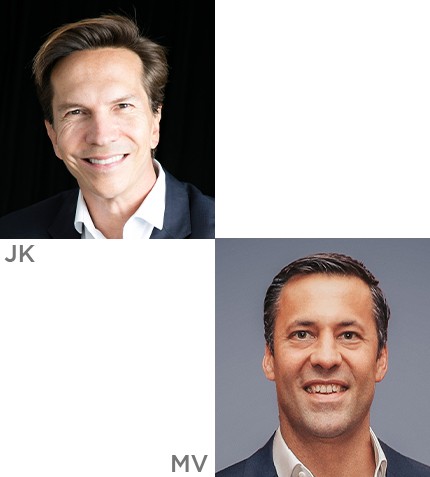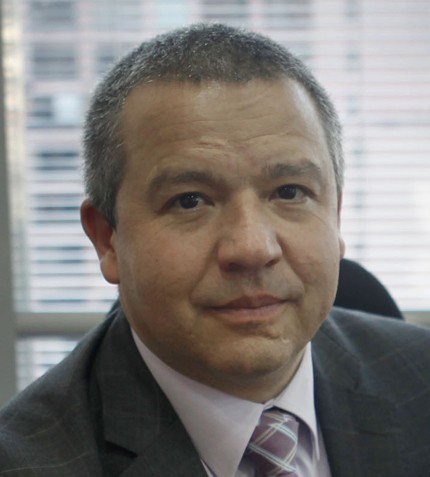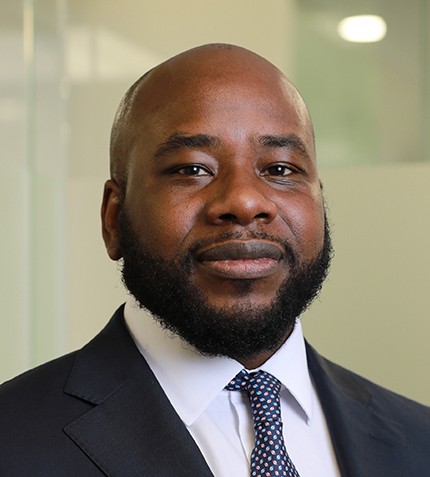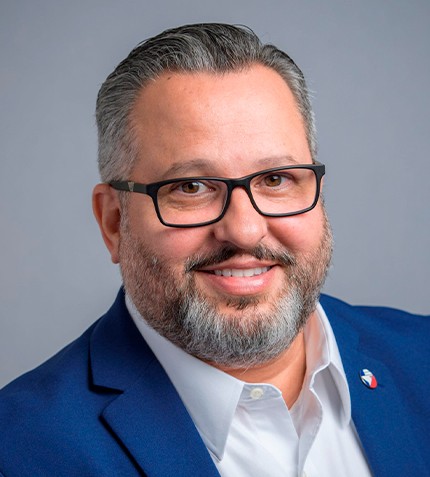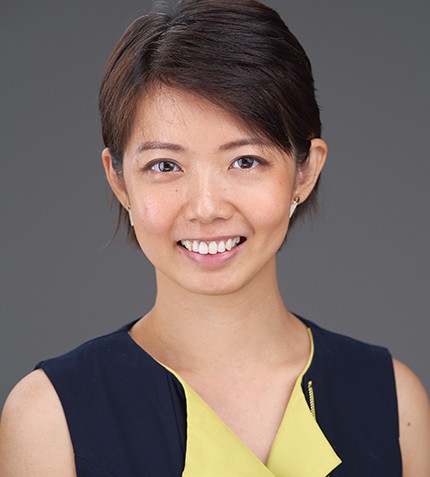
"Given Singapore being an ideal candidate as a gas trading hub in this region, I expect more opportunities for Vopak to come up in chemical gasses such as ammonia, LNG and LPG."
Camy Loh
COMMERCIAL MANAGER, CHEMICALS AND GAS, VOPAK SINGAPORE TERMINALS
Could you comment on Vopak’s performance in 2021?
2021 was a good year for Vopak, financially and also in terms of safety levels and customer satisfaction, these metrics being at their highest levels in five years. Profitability and EBITA developed positively, thanks to both global growth projects and good management of OPEX and CAPEX. In Singapore, our staff handled cost pressures and disruptions admirably well, and our five terminals in the country operated uninterruptedly.
Could you elaborate on the current demand environment for chemicals and oil products?
Demand is affected by persisting challenges, including geopolitical tensions, extended Covid lockdowns, and the volatility of feedstocks, all of which create uncertainty and make forecasting difficult. Within this cocktail of challenges, opportunities also showed themselves. The number of chemical companies looking at the specialty segment in Singapore is at an all-times-high. Together with the EDB and JTC, we want to make sure that Singapore is competitive through world-class infrastructure like connecting pipelines for biofuels. Vopak is perfectly positioned with four flexible terminal assets in Singaporetanks close to petrochemical consumers. We have also noticed increased interest from the maritime industry to supply and trial bio-bunker fuels in smaller lots. Given Singapore being an ideal candidate as a gas trading hub in this region, I expect more opportunities for Vopak to come up in chemical gasses such as ammonia, LNG and LPG. Already, our Banyan terminal did well last year serving petrochemical customers’ demand for ammonia isotank truck loading, where Vopak is the only independent and first ammonia ISO tank trucking operator in this region.
Vopak has made a commitment to invest in new energies and sustainable feedstocks, what is the progress made in this sense?
Every three years we reassess our assets, reconfirm traditional customers and we position ourselves for the next steps in biofuels, LNG, and, further out, hydrogen.
To put things into a timeline, bio-feedstock and bio-feedstock blending are already happening, the technologies are available, and assets are partly ready to serve them. However, a few considerations still apply over how bio-based feedstocks are produced, whether they have indirect consequences on food chains, and whether their transportation from typically far-out emerging markets to end-consuming markets leaves a heavy CO2 trail. Green inflation could also occur driven because the raw materials needed to serve the impending demand for biomaterials are simply not there.
Another global growth market for us is LNG. Singapore is currently a closed gas-to-power market relying on different state-owned assets, so there is room to develop independent and open-access services in LNG.
Singapore also sees opportunities to enter the green ammonia space using renewables from countries like Indonesia, Australia, Mongolia and China. With six ammonia terminals around the world, including in Singapore, and the latest commission of Vopak Moda Terminal in Houston in December 2021, we have extensive experience in supporting our customers in the safe storage and transfer of ammonia. Ammonia can be a key hydrogen carrier, so we’re also interested in its potential against other options to transport and store hydrogen, like hydrogen carriers and liquefied hydrogen.
Could you give us an example of Vopak’s CSR engagement in Singapore?
About six years ago, Vopak founded the We Connect Foundation to support underprivileged young talent. By now, we completed 43 projects to help 6,000 youngsters with their education. In a country as developed as Singapore, the education system is great, yet many children don’t make it to school or don’t follow through with their education due to their home conditions. One of the projects, called “Just for Kicks” is focused on nurturing leadership and life skills using football to encourage boys and girls alike to gain confidence, feel included, and engage in extra-curricular activities.
What is your vision moving forward?
Three goals shape our vision: To develop infrastructure solutions for zero-carbon and low-carbon new energies & sustainable feedstocks; to reduce our environmental and carbon footprint; and to keep investing via Vopak Ventures in companies that could play a significant role in our industry in the long run. We invested in HyET Solar, a solar company dedicated to solar energy for assets like tanks or pipe racks, and we continue investing in Hydrogenious, which focuses on solutions for storing and transporting hydrogen using liquid organic hydrogen carriers (LOHCs). Together with the EDB, we invested in a drone company used in asset inspections. Digitalization is one of our strongest differentiators in the market, and we operate what we call Vital Vopak systems, a fully integrated cloud-based ERP system.




